
Blower Porting, Airflow, Superchargers and Boost
Blower Porting... The Beginning
I would have to say my love of blower porting started over 10 years ago when the Corvette ZR1's LS9 was new and popular. There was not much about the LS9 (or it’s 2.3L blower) that we knew yet and the only upgrades available were your basic supercharger pulley (upper) and the blower snout from Lingenfelter (LPE). The LPE snout was (and still is) great - it showed me how you feed a blower and how you can improve what the blower can do by feeding it correctly. If I had to break it down to a simple example I'd use drinking straws. Take a straw from Jack in the Box and a straw from McDonalds. You have a milkshake that you know is going to require work to enjoy but the Jack in the Box straw is irritatingly 1/2 the diameter of the McDonalds straw. One of these fast food giants got it right (McDonalds) and one of them did not (poor skinny-straw Jack in the Box). After wrestling with the Jack in the Box shake versus easily drinking the McDonald’s version it becomes pretty clear. McDonalds wins when it's time for a milkshake! Why? Because you can actually enjoy it without over exerting yourself. A blower is really not that different from your milkshake experience. The more shake you can move in each sip the easier it is to drink and the less light headed you get from trying too hard. That overwork (suction against a bottleneck) can equal heat in a blower. The harder it works to draw air the hotter it gets. In a perfect world you could just chop off the entire front snout from the blower and, in theory, have zero restriction at that winch point (removing the main bottleneck).


The first time I tried an aftermarket snout over the stock snout I was fascinated. I had never really put much thought into supercharger snouts before. I spent most of my years designing camshafts, engines and making custom headers and exhaust because I knew there was merit to it. I then found myself with a positive displacement blower in the mix and naturally I started to ask myself - how does it work? Why is this so much different from a turbo or a Procharger? Why is it positive displacement versus non-positive displacement? Why did GM choose this over all the aftermarket options out there? Why not call up a company like Procharger or contract Garrett to make a car with those options? The only thing I could come up with after all the years of having friends who either worked for GM or other car companies is that - it's about packaging. It makes sense when you see it that way - less is more I guess. I mean, I would hate to have to be the engineer whose job it is to fit a pair of turbos somewhere in a chassis that doesn't exist and expect that it will last 100k miles and still come with a warranty - that's a tall order! On the other end you have a centrifugal supercharger (aka Procharger) and their analogs and you've got brackets, external intercoolers, either self oiled or engine-fed and bypass valves. This is a lot of "stuff" and manufacturers often go after packaging or so I have learned.
The Ins and Outs
Breaking down an engine from an airflow standpoint it has a pretty obvious beginning and an end. I typically peg the throttle body as your beginning point and the exhaust as the end. Everything in between is just the journey air takes from start to finish. You can have bumps or forks in the road or you can have a smooth ride and it comes down to how all of your components work together that defines how smooth that ride is. Sticking a positive displacement blower that replaces your intake manifold embeds the blower as an integral part of that journey of air. Now every change to that engine system whether it’s cam selection, valve train configuration, head setup or even engine displacement affects the relationship between the entirety of the system. Many end-users and even installers underestimate the importance of looking at all of these components (blower, cam, heads, displacement, valve setup etc) as a holistic system for making power. Harmony matters here.
The Middleman
Think of a positive displacement blower as a middleman acting as a doorman to an exclusive club. If you're a blower porter, the relationship you hold with this gatekeeper directly correlates to airflow (or lack thereof). The better you are acquainted with the doorman the easier it is for you to get to the VIP room (i.e. the more freely your air moves). The point is that you don’t get into the fabled VIP room of supercharger porting without time and experience. Putting in the work and the time to learn the ins and outs of the doorman, his family, his proclivities etc gets you through all of the barriers - you flow right through.


Porting blowers is a lot like that - every time I sit, grind, shape, smooth, tinker, etc I learn something new and feel like my visit to making power (aka the VIP room) becomes a smoother and easier process. Additionally, I’ve been able to unlock gains I never thought possible by constantly iterating, testing, researching and iterating some more. The point here is that you can’t just take out material and expect results. It’s a finesse process, one built on years of schmoozing with the supercharger porting gatekeepers and it’s a life long project.
The “Engine Component System”
Again, a big part of porting a blower “the right way” is understanding the entire engine system as noted above. We are not in a one-port-fits-all world because of this configuration variety but many vendors and shops assume that if it's ported at all it's good to go - regardless of how nice it plays with the system as a whole. Given this variety of configurations you will often see that going with the “biggest” port as opposed to one tuned to the components actually makes less power. I've been guilty of not asking the right questions when mapping out a port and I take responsibility for that BUT what it taught me was that bigger doesn’t always mean more power - even though it’s easy to just buy the “biggest and baddest” port job.
The reality is it’s not that simple. You have to know literally everything about the engine and component configuration. If a camshaft has an IVC (intake valve closing) of X and the EVO (exhaust valve opening) of Y how do we even get to the best power? Well, you have to go back to our fast-food straws and mess around with that formula. The engine will still ask for the air in the timing window of the cam. The blower is the one pushing it in faster than normal in that same window. So the key becomes mapping out when the blower can take in the air and then let it out and match that to the engine trying to do just the same. These two processes are working on the same airflow problem so we have to synchronize them or we’re wasting effort. Let’s try to relate this to a naturally aspirated engine setup where you went from non-ported heads with a camshaft to adding ported heads. The window in which the cam operates is the same but with ported heads you have allowed more air inside the system in that given window. A blower can be much like that ported head in an NA setup and there is a balance somewhere in all of this that’s critical to capture - but few do.
All About Boost
Before we jump into blower porting itself we need to talk about boost. I really feel this is important because it is easy to compare things in the wrong way based on boost numbers. I have been guilty of this in the past as well before I had a good understanding of boost. So... boost - we hear it all the time - what is it? Well, it is the amount of pressure left behind in a given space or chamber after the engine has used all that it can. The fact is that whatever is powering your airflow (turbo, blower, etc) will always leave you with leftover pressure - this leftover air pressure is your boost. It is the measurement of what is left over. Crazy right? All this time boost is made to sound like it is something that is given. Like, I gave you 15 psi of boost. No, it's what is left.

For example, imagine a stock engine has a blower that spins at a fixed RPM and the pulley ratio never changes. The stock setup currently sees 10 psi left over (i.e. 10 pounds of boost). You decide to add headers which help the engine get pressure out more efficiently and maybe a camshaft to change how it takes in air and lets air out. After these changes the same blower at the same fixed RPM now sees 6 psi left over? Is the blower broken? Did you do something wrong? No, you actually just made the setup more efficient! You are still moving the same amount of air due to the static pulley ratio and fixed blower RPM but the engine is now getting more air and making better power. So the idea that “I lost boost” is another misnomer you hear all the time. You think you “lost boost” BUT you still move the same amount of air! The same goes for swapping a stock blower to a ported blower that moves a ton more air with the same pulley combo - your boost level goes up. Why? Well because you are moving more air in the same window but you did nothing to change the outcome on the other side, hence you have more left over. This is how boost actually works.
Porting Basics
Now let’s talk blower porting. The part I like best about porting a blower is the fact that if I can take a pulley ratio - meaning upper to lower pulley sizing - and make it move more air in the same space. For example, you port a blower and you see X boost left over. You port the same blower again and see more boost with no other changes and no pulley ratio change. You have effectively made a positive change in airflow! This is what you want and this is what I’ve spent years developing, tweaking and improving. Now the best part about this result (more air on the same supercharger pulley setup) is that you can actually slow the blower speed down without any net power loss (if you really wanted to) to match your octane and tuning requirements. An end result of running the blower slower is that you also generate less heat as well. Anytime you spin a blower faster you are asking it to work harder and generate more heat, it’s that simple. If it doesn't have to work as hard and can move more air you are headed in the right direction. What is the old saying? Work smarter, not harder?


A main goal of porting is to get the supercharger’s internals out of their own way. I want you to picture yourself as a tiny little person sitting inside a giant blower and your job is to drag the air from the throttle body to the rotor face. The better you do your job the more the rotor face is fed and is happy with your work. Each thing along the way, each hump or sharp edge - maybe even a pocket that's deep or a boss for an unseen screw - each of these things make it harder for you to drag air directly to the rotor face. Most of the time in porting we are removing material to allow air to move more easily but there are many times I find myself adding material back into a blower that was designed with giant pockets or other cavities just so I can ease the air’s path. Sometimes making ramps and flat spots actually fixes the air from bouncing all around. The point simply is - make the work required to drag air from the throttle body to the rotor face as easy as possible. It’s not how much material you take away but rather the net result of your overall shaping profile.
Materials and Pushing Limits
Sometimes I get skeptical emails about how we do what we do here at Synergy in terms of material choices on ported blowers. To me, if you are not being questioned then are you really trying hard enough? Are you really pushing the boundaries? Like a chef who opens a restaurant and then takes old school dishes and completely turns them upside down - you have people who think it’s crazy and then people who love you for it. Pick your poison I guess. I like to push limits and I like being a contrarian. I weld, I epoxy, I add material, I remove material and I do what’s needed to get power at reasonable cost - both financial and practical. If I need the space then I make it happen. If you disapprove of our methods that’s completely OK - it just means that maybe what we do sometimes is not for you. It doesn’t hurt my feelings at all because I fully understand that sometimes progress is uncomfortable.


Additionally, if anyone thinks that I think I “know it all” or I don’t worry about ensuring I’ve done the best port pattern for your specific build then you are simply wrong. I am always concerned about if I got it right. I am probably more human and conscious then most when it comes to getting the job done right. If I make 98% of the people happy, but the 2% are struggling, I care most about the 2% at that moment. I would like to think my biggest fault is that I try to change things too often and that I forget to realize it's ok to leave things as they are.
Final Thoughts
Blower porting is amazingly effective at making power. To be honest when the first LT4 blowers came out I laughed at the idea it would ever make any power worth a damn. But here we are years later still gaining momentum to reach almost 1000whp on one of these 1.7L setups. If that doesn't show you how we as individuals think and value progress then I don't know what does. It humbles me to say the least and yet here I am porting the same blowers and learning more with every port. My point being - just because you came up with a judgment the first time you saw something doesn’t mean it stays constant. You learn and evolve. Cooling was the massive talk about LT4 blowers… “oh how they will never run cool, it’s a giant BBQ you take to camp outs and roast your sausages on” yet here we are designing working water systems, port profiles and seeing the smallest blower we have ever had to work on do better than most other bigger rotors ever had.


My point to any fledgling blower porters out there is this: Try… just try. You have nothing to lose. Porting is an incarnation of how you see things. It’s how I see things. I look at a blower case or snout and I just think - I wonder if air really does like this path or not. So you try - some days you get a winner and some days you do not but porting requires you to be honest and humble with your results and their ultimate outcomes. I know that there have been many along the way that have helped me to be who I am today and I make sure to go out of my way to help and teach others the same. I feel that the more hard working blower porters there are out there the higher the chances that you pick a shop who has your best interest at heart... instead of their bottom line.
- Choosing a selection results in a full page refresh.

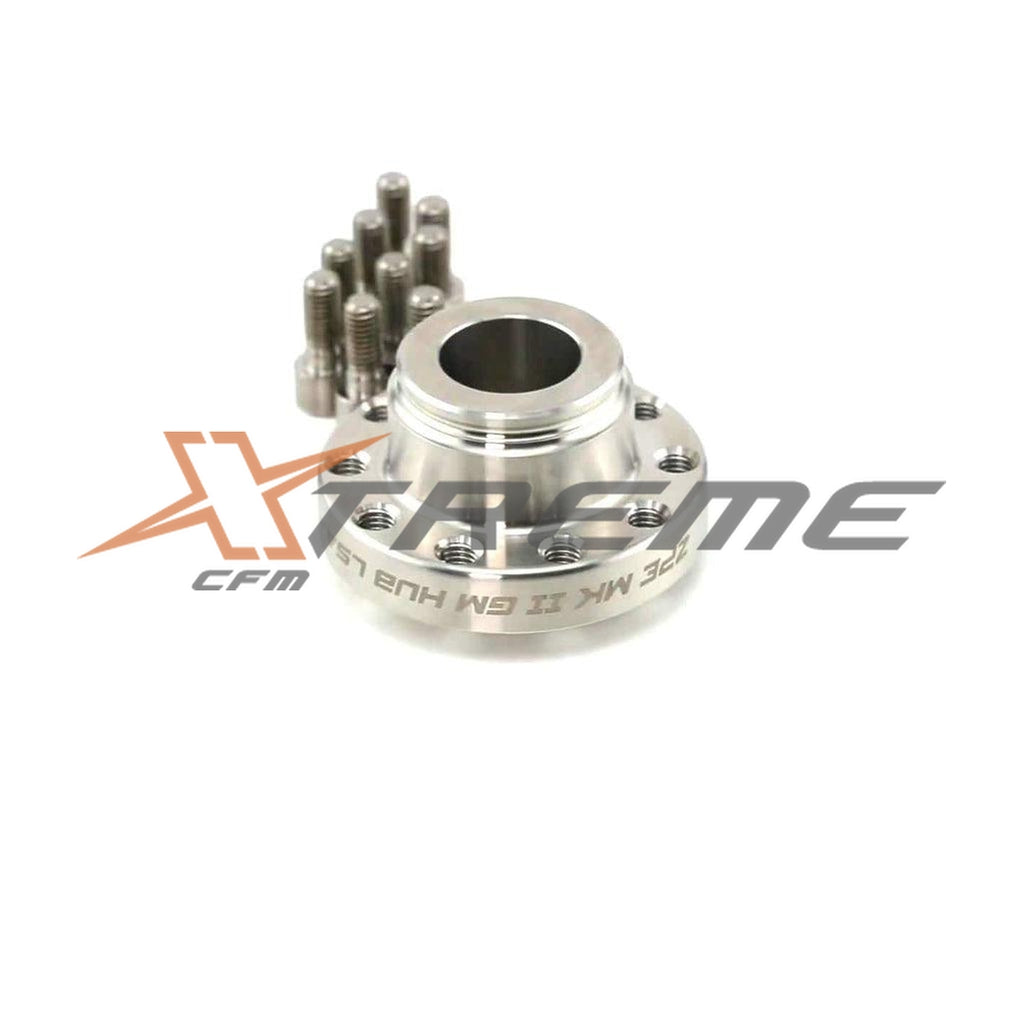
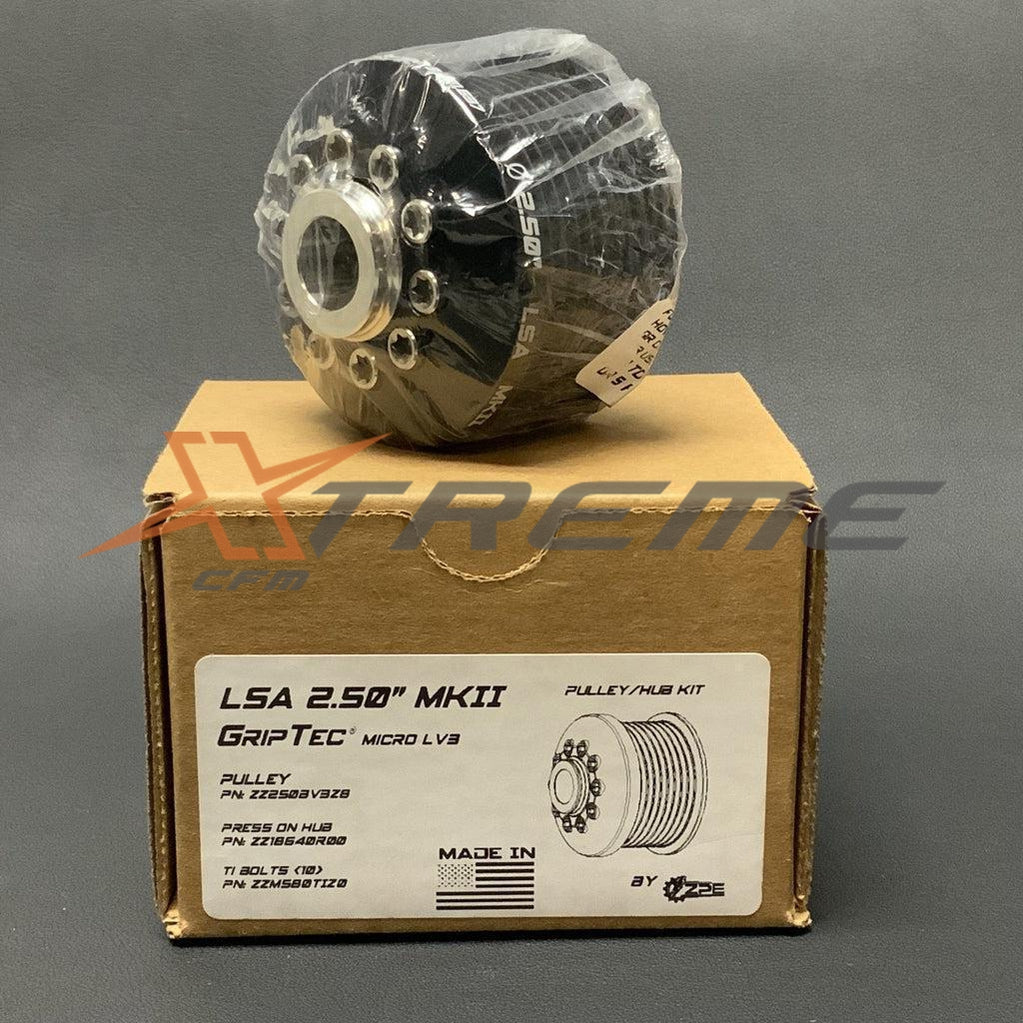
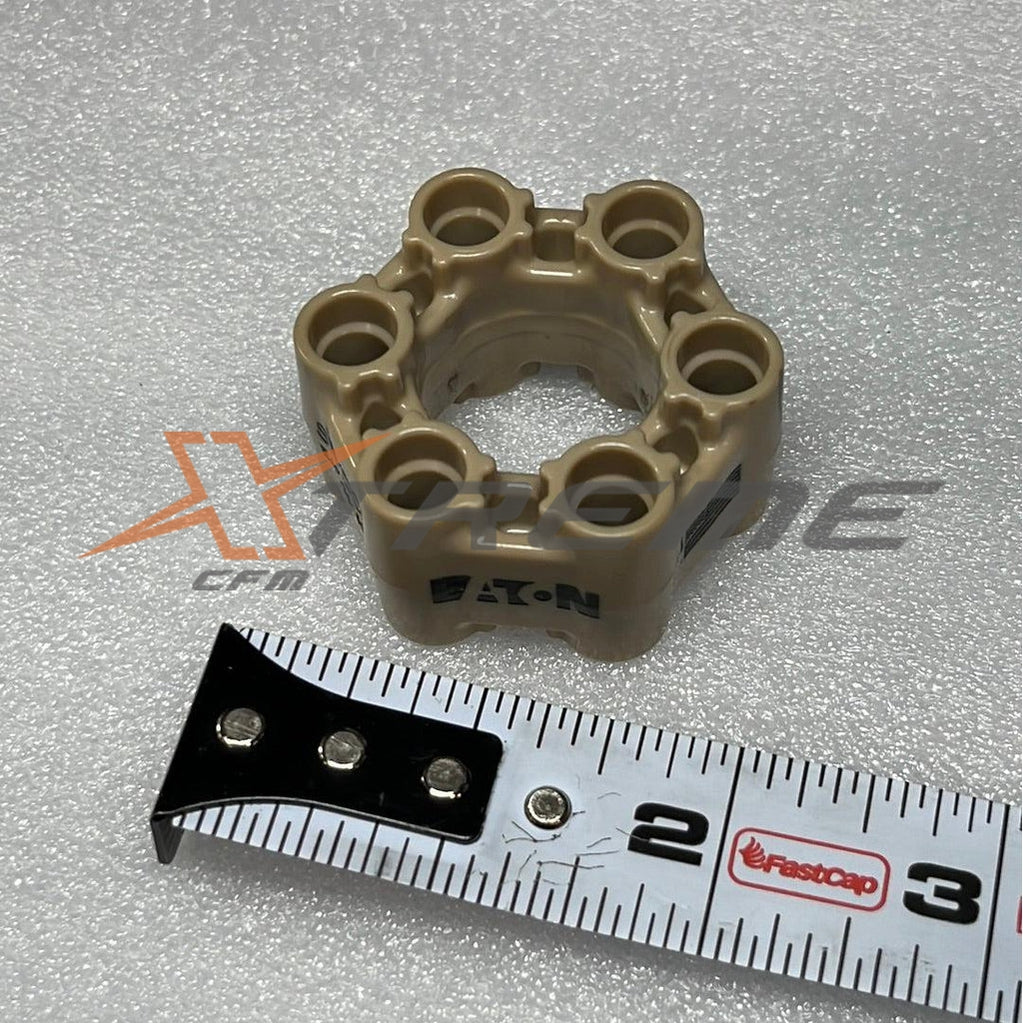
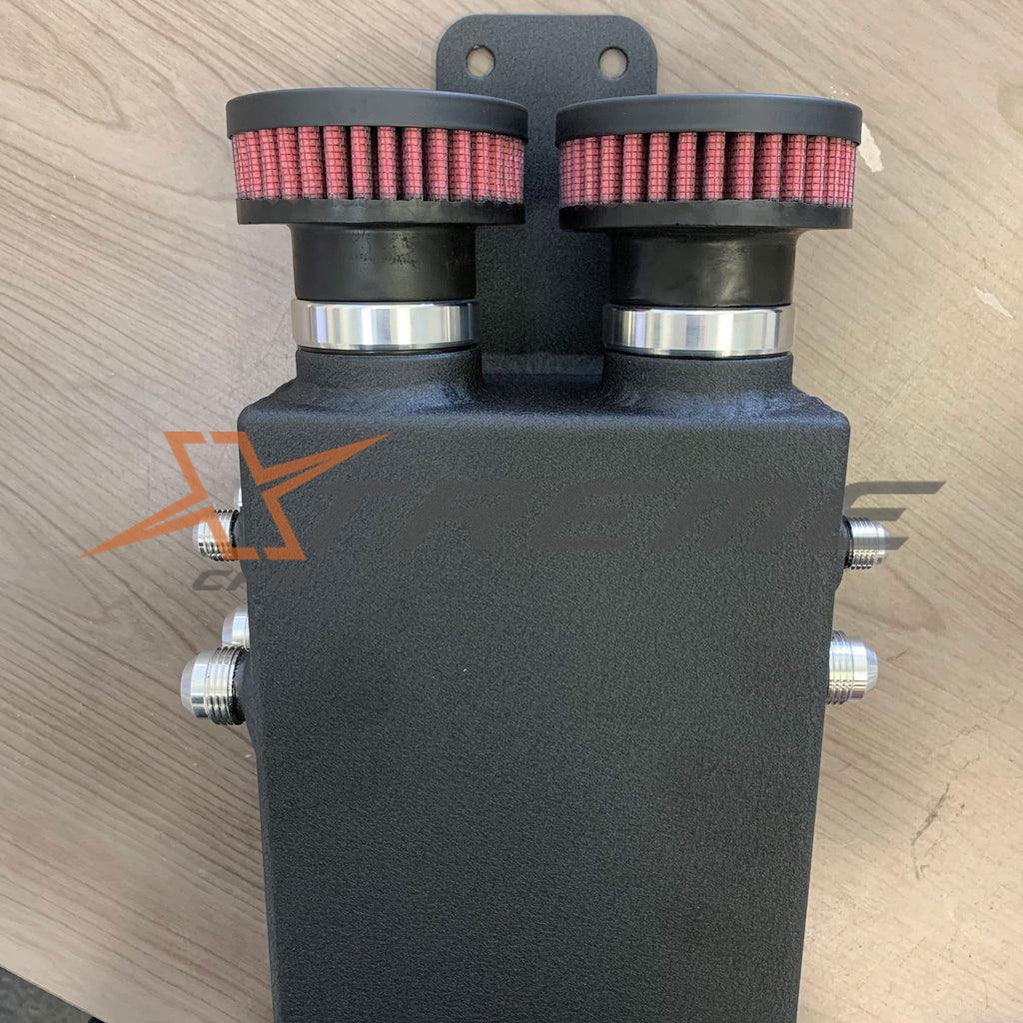
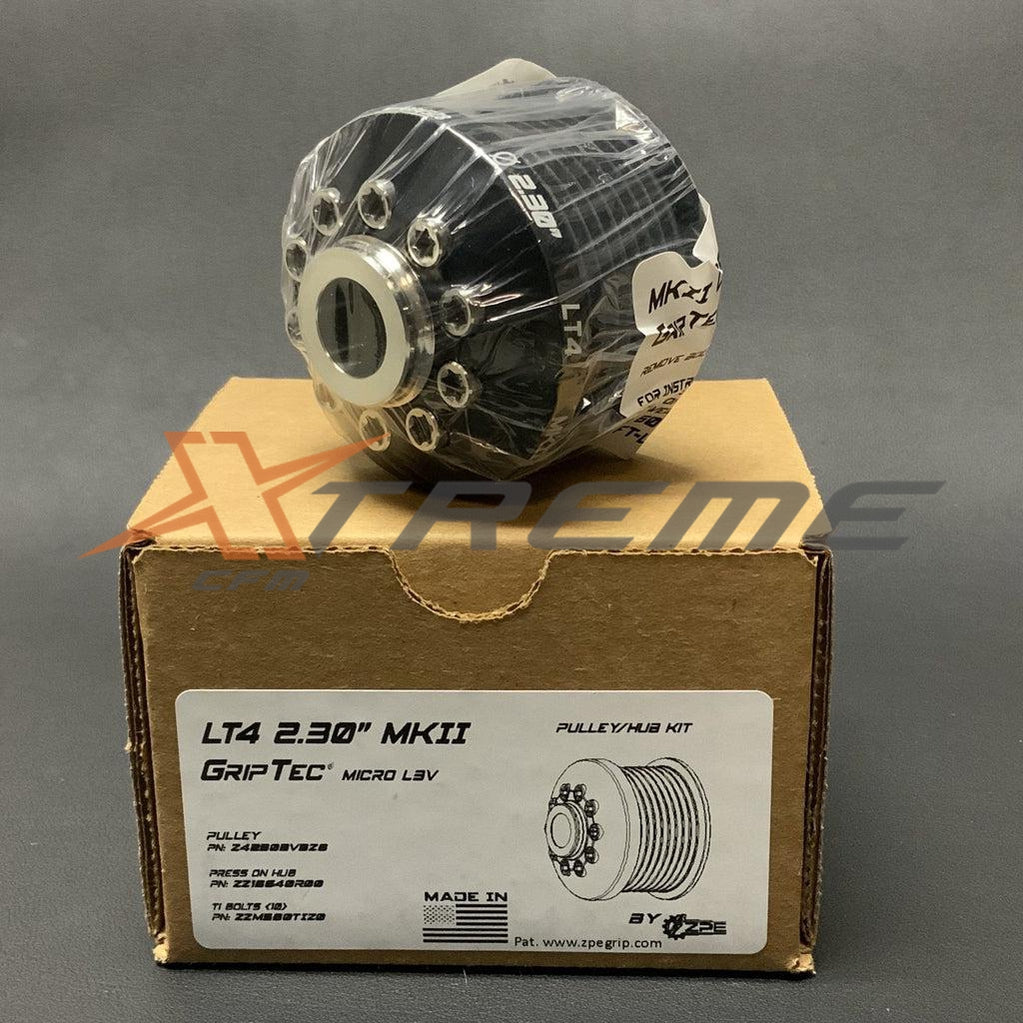
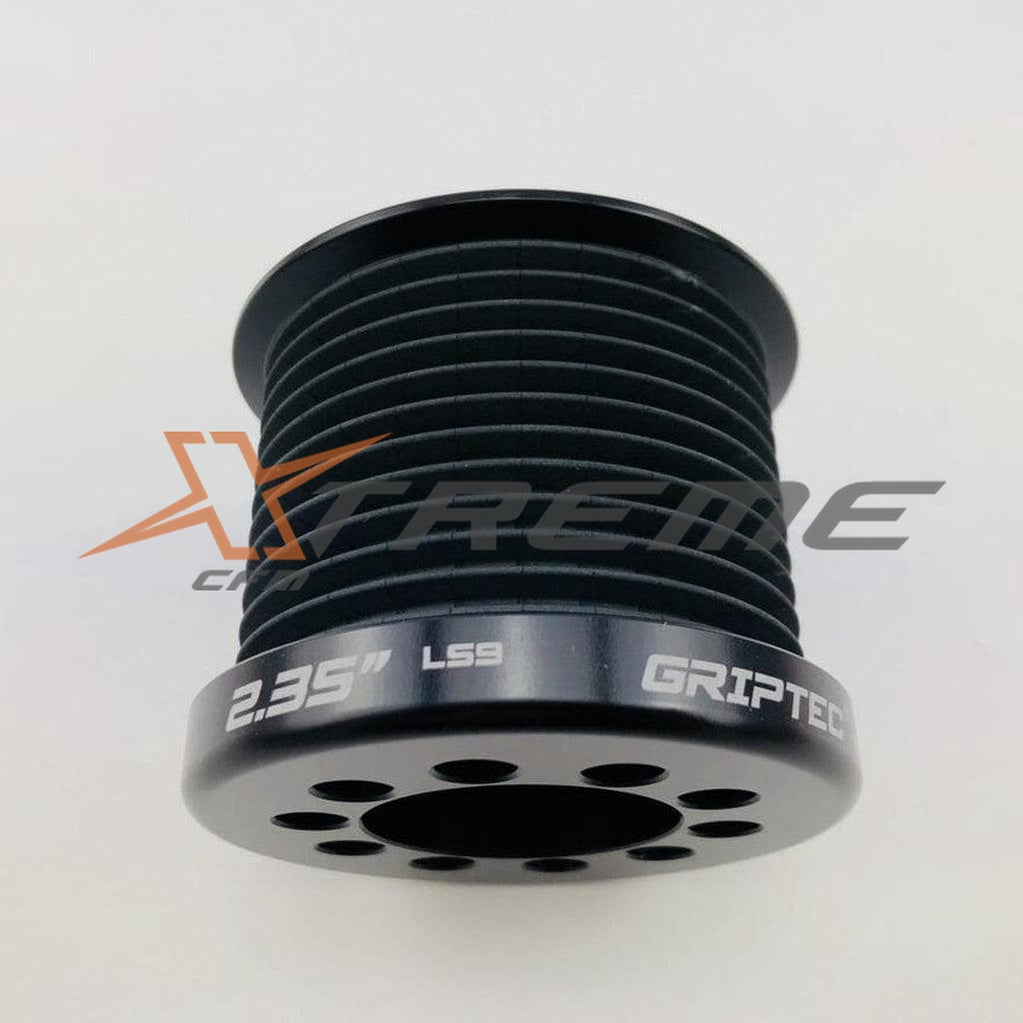
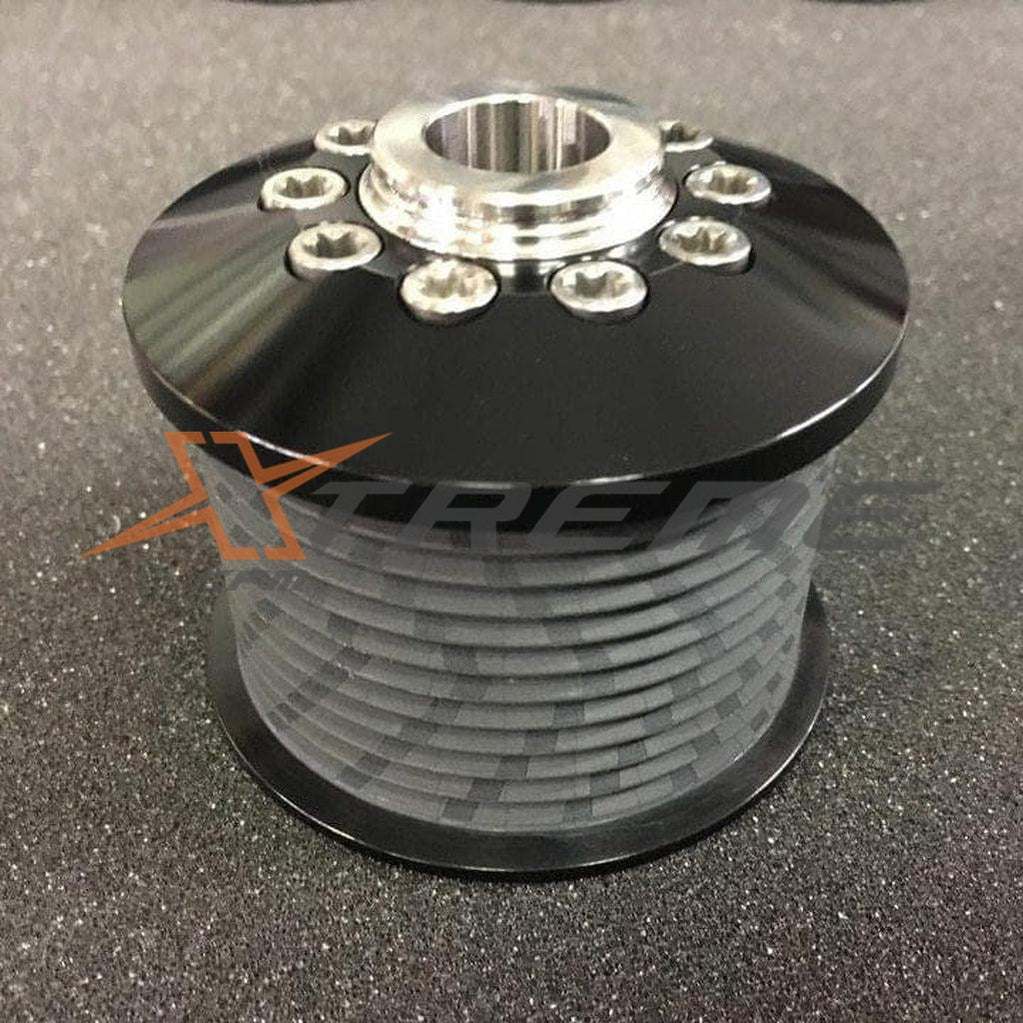
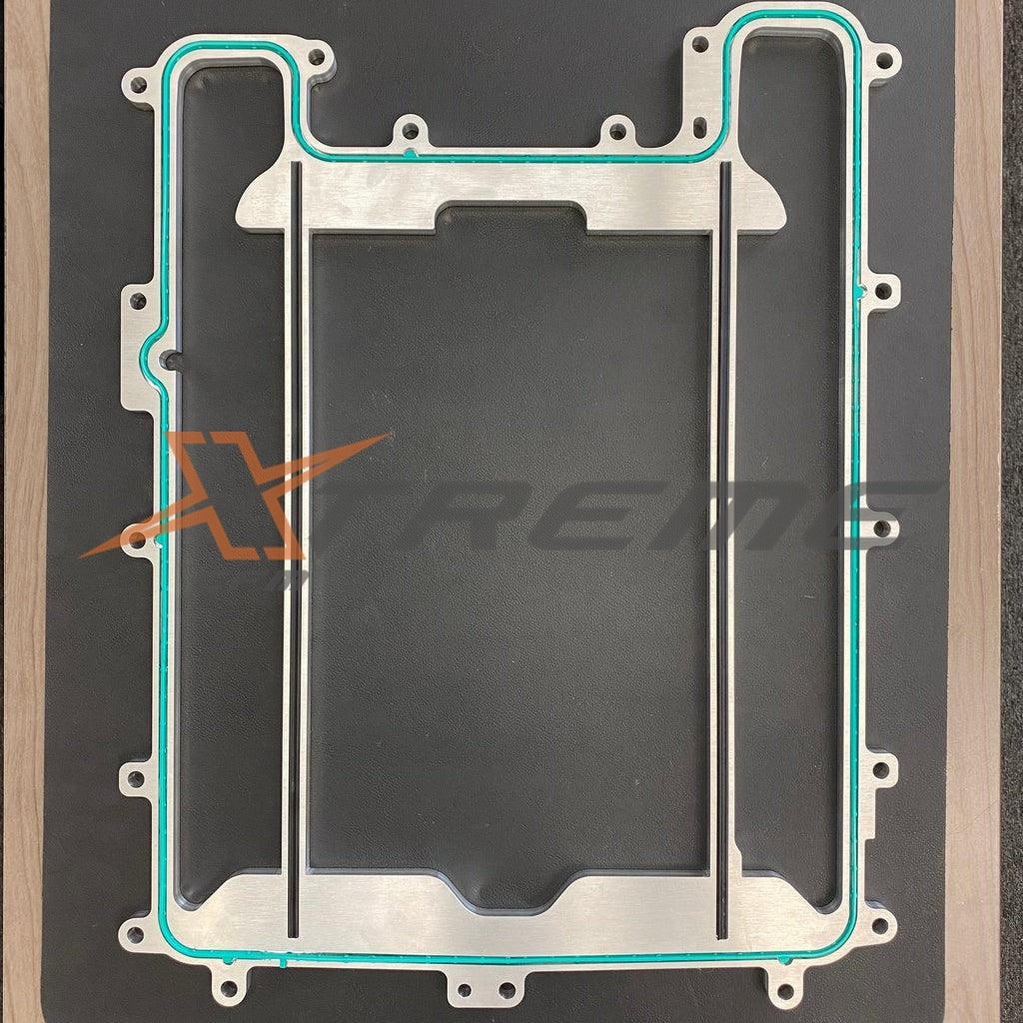
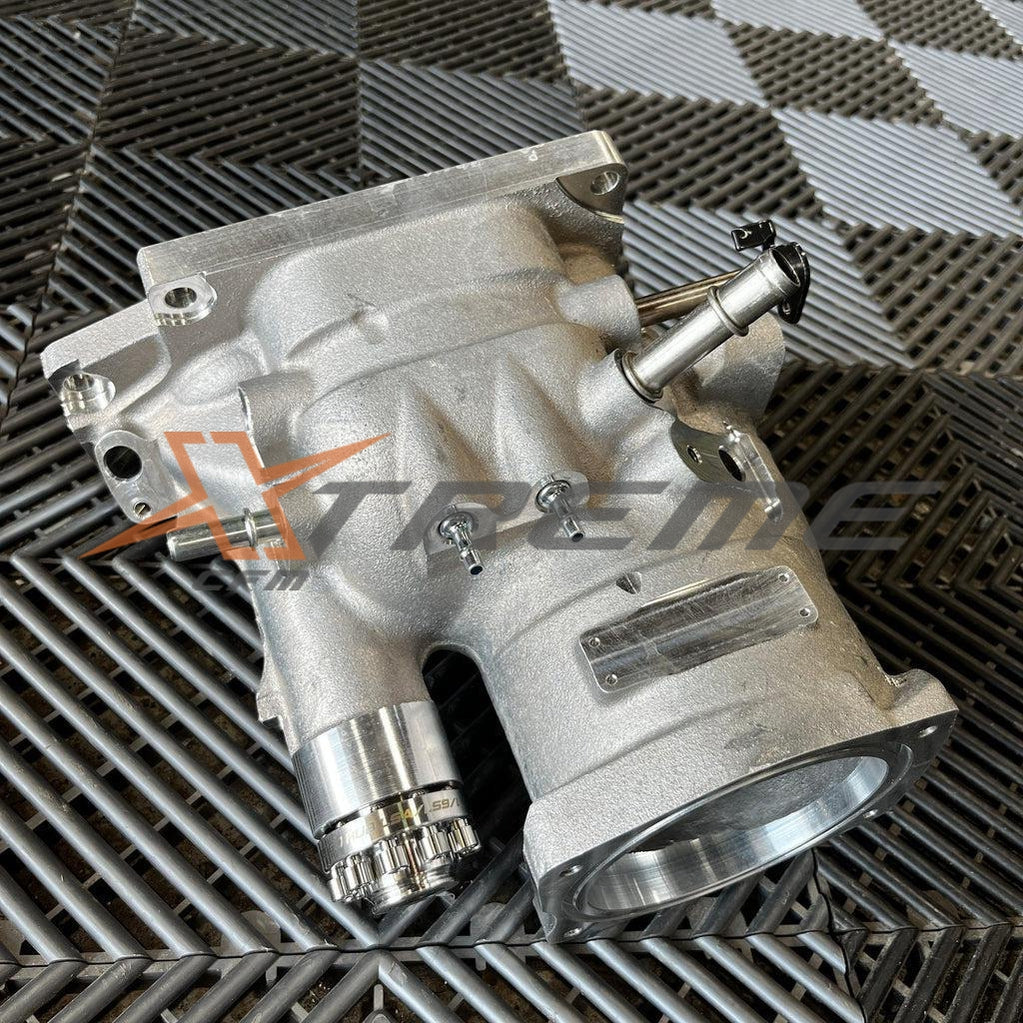
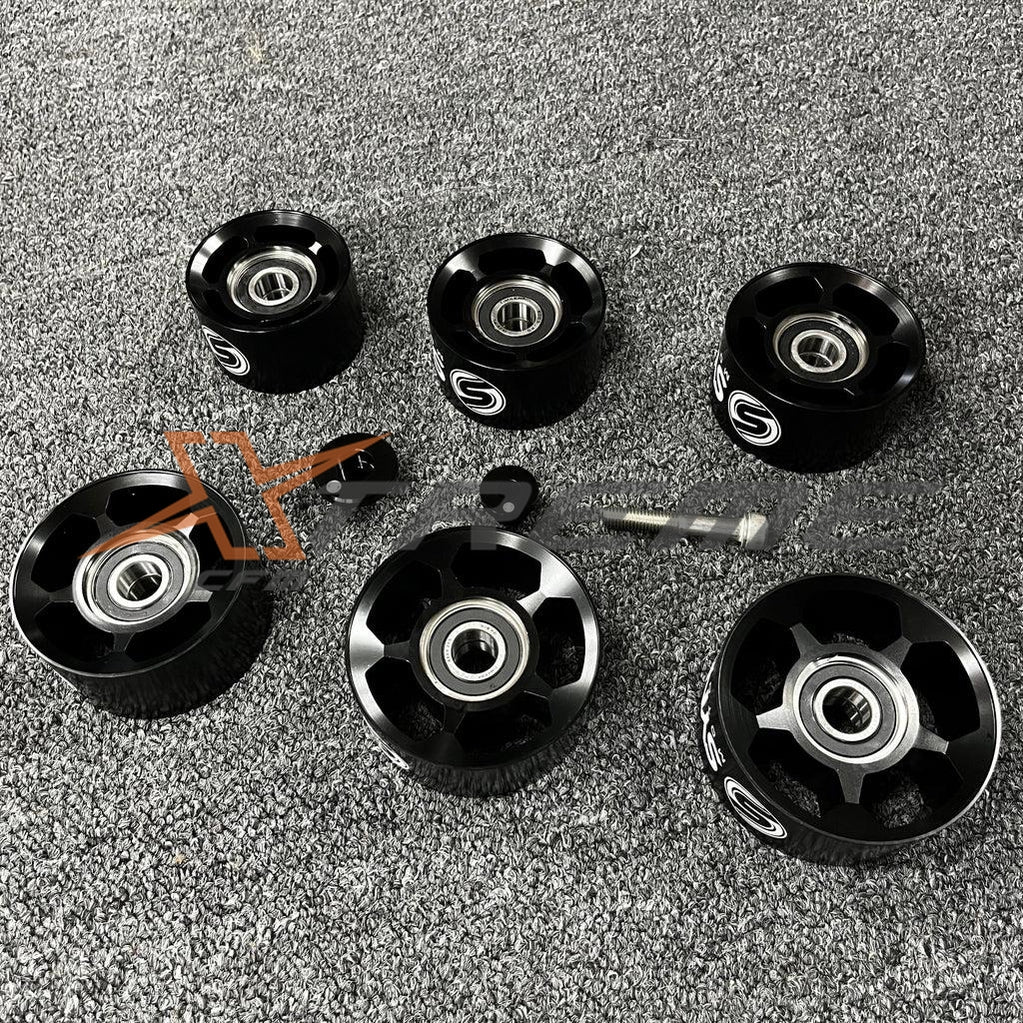
2 comments
I very much enjoyed this post, thanks for being one of those people to push limits.
I enjoyed reading this post. Thanks for taking the time to put it together. Gave me a better appreciation for the work that you do. I know I’ve disagreed with the styles of cooling system design a lot of people want to do on the c7z but it’s nice to read about improving on the stock blower. Now if I could just get over losing the warranty part.